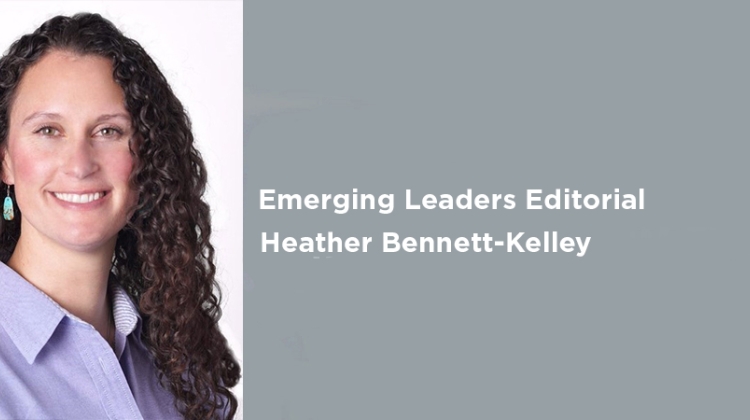What did we do for this opportunity to arise? Did we search it out? Did we prepare ourselves for years through education, training, and positioning? Or did we just put our head down and someone saw that we put in the work? Is it purely because of an alignment of passion, thought process, and being in the right place at the right time? Or did something else not work out, and that freedom allowed for other options? How do we see an opportunity when it comes up?
I’ve had plenty of opportunities in my life, some of which I didn’t see until years later. One pivotal opportunity came because I had some forethought; actually something that was imparted to me by industry mentors, but the important thing is that I listened.
Setting the Stage
I had a feeling that I needed to connect with industry prior to graduation and before I needed to be applying for jobs. I wasn’t really sure where the key connection was going to come from, so I leaned in to learn more. In my junior year as an undergraduate chemical engineering student, I was elected Vice President of the ISPE San Jose State Student Chapter. I attended a dinner meeting of the ISPE San Francisco Bay Area Chapter’s CEO Night.
I met the Chapter manager and asked how I could best set myself up for a career in industry. They told me to get involved, and so I did. In addition to leadership in the student chapter, I volunteered for the San Francisco Vendor Night committee, and joined the San Francisco Chapter relay team raising money for Organs R Us and awareness for the need for organ donation. I tried at every chance to bring my classmates and colleagues along for the ride, but not everyone understood the value. It paid off in the summer after graduation when I received a call from an industry member I had met as a student. They were looking to fill a position, and when another industry member that I had worked with in ISPE recommended me, they remembered me and made the call.
One key to being able to see opportunity, or being able to say “yes,” is to be open—to possibility and to learning or expanding your experience.
So, in my case, I set the stage for the opportunity years before. I was headed down two parallel paths, nuclear and pharmaceutical, and because I engaged, ISPE chose me. Of course, I had to say “yes” in order to end up where I am today.
Seeing Opportunities
One key to being able to see opportunity, or being able to say “yes,” is to be open—to possibility and to learning or expanding your experience. If you have a road map for your future, say a 5- or even 20-year plan, where are the gaps in knowledge, experience, or leadership traits? What do you need to do in order to reach interim milestones to follow your path? If you want to be a certain type of leader as a CEO, and you don’t start building that toolbox years in advance, then you won’t be able to get there. If you aren’t sure where you want to go, for instance, if you don’t know if you want to be a professional engineer, you cannot get your license if you don’t take certain exams. So you can set yourself up for options in the future when they come up, or you can decide where you want your path to go.
Keep an open mind, an open heart, and open ears. Opportunity can come in the smallest and most unexpected ways.
Learn More





